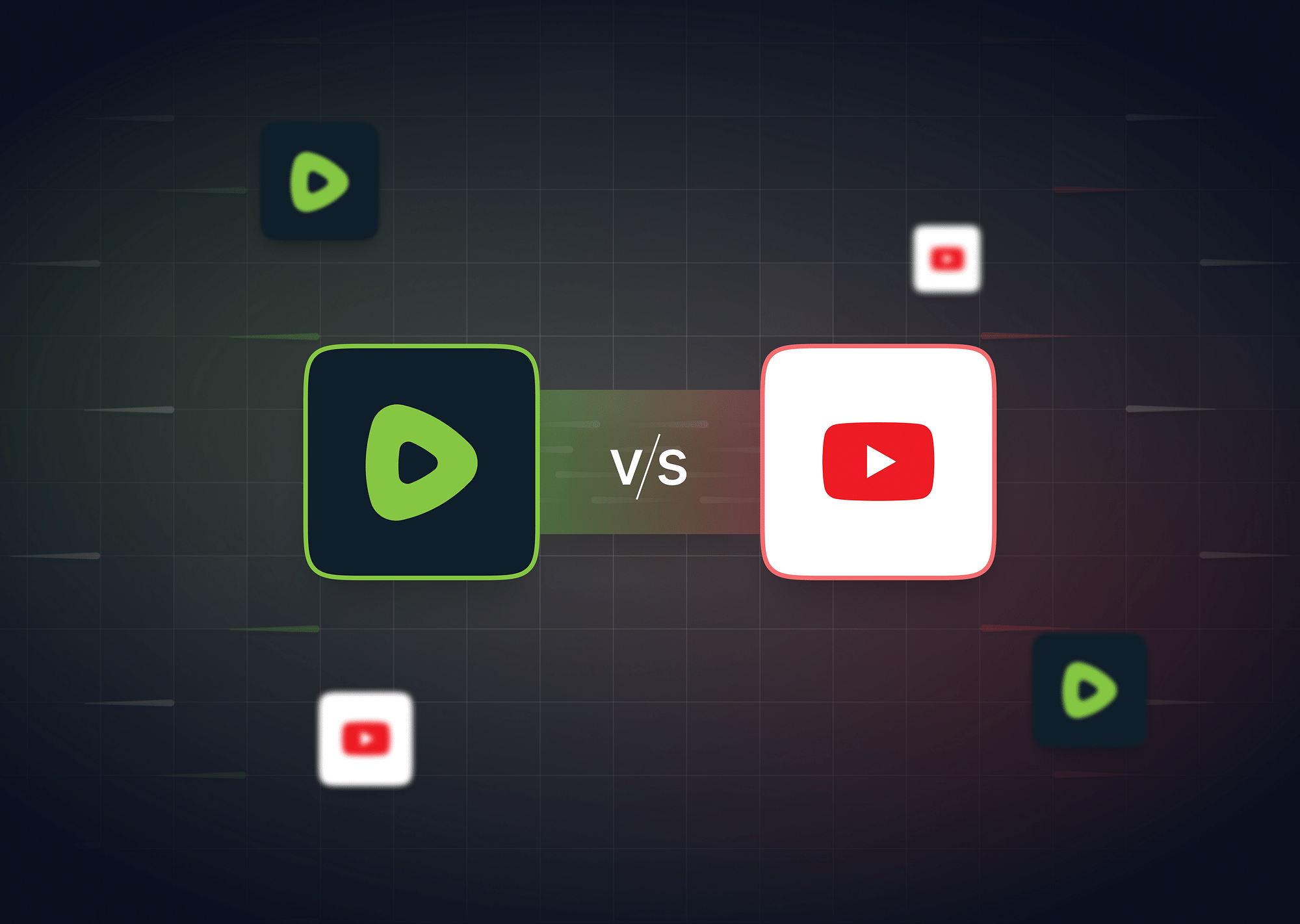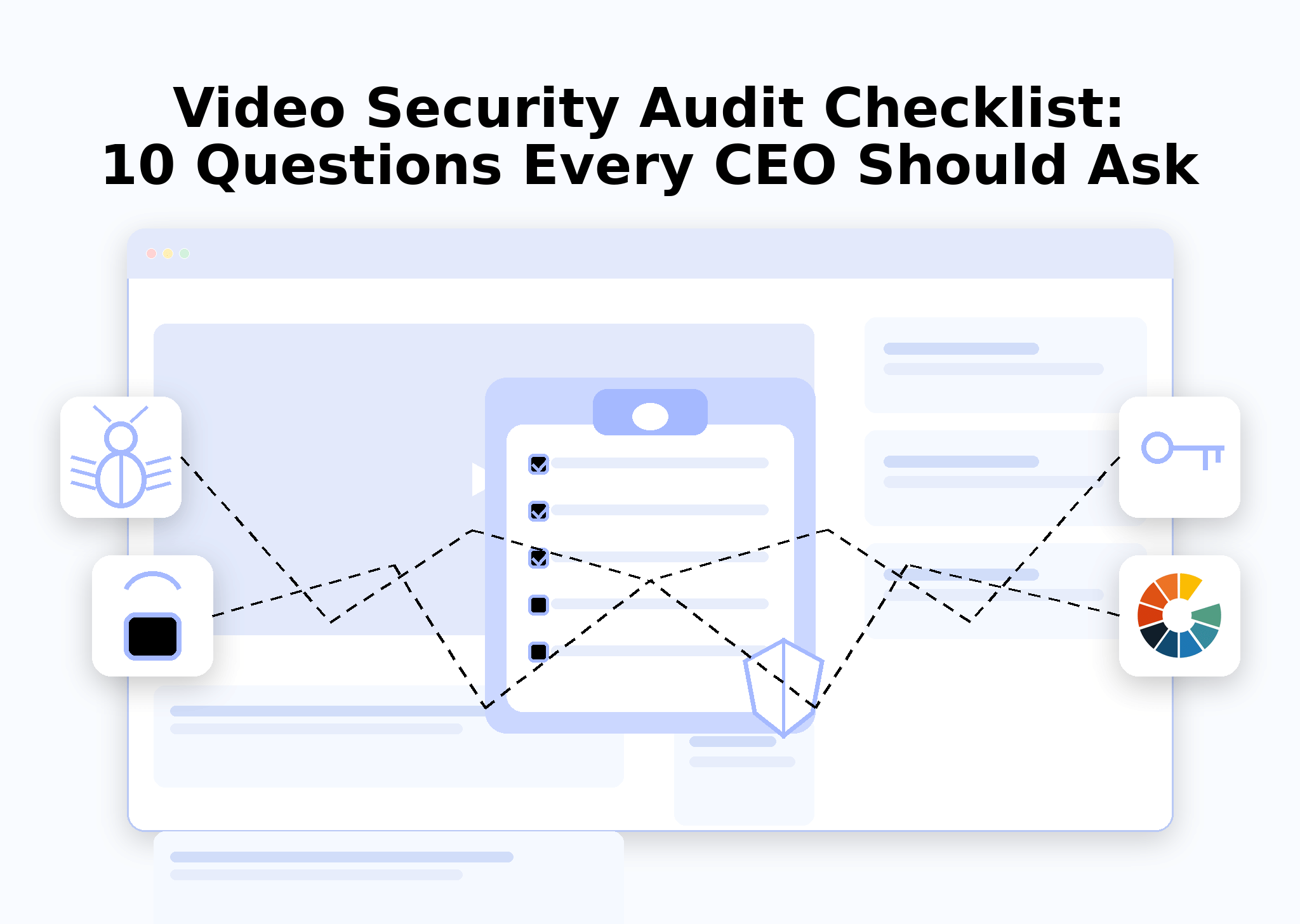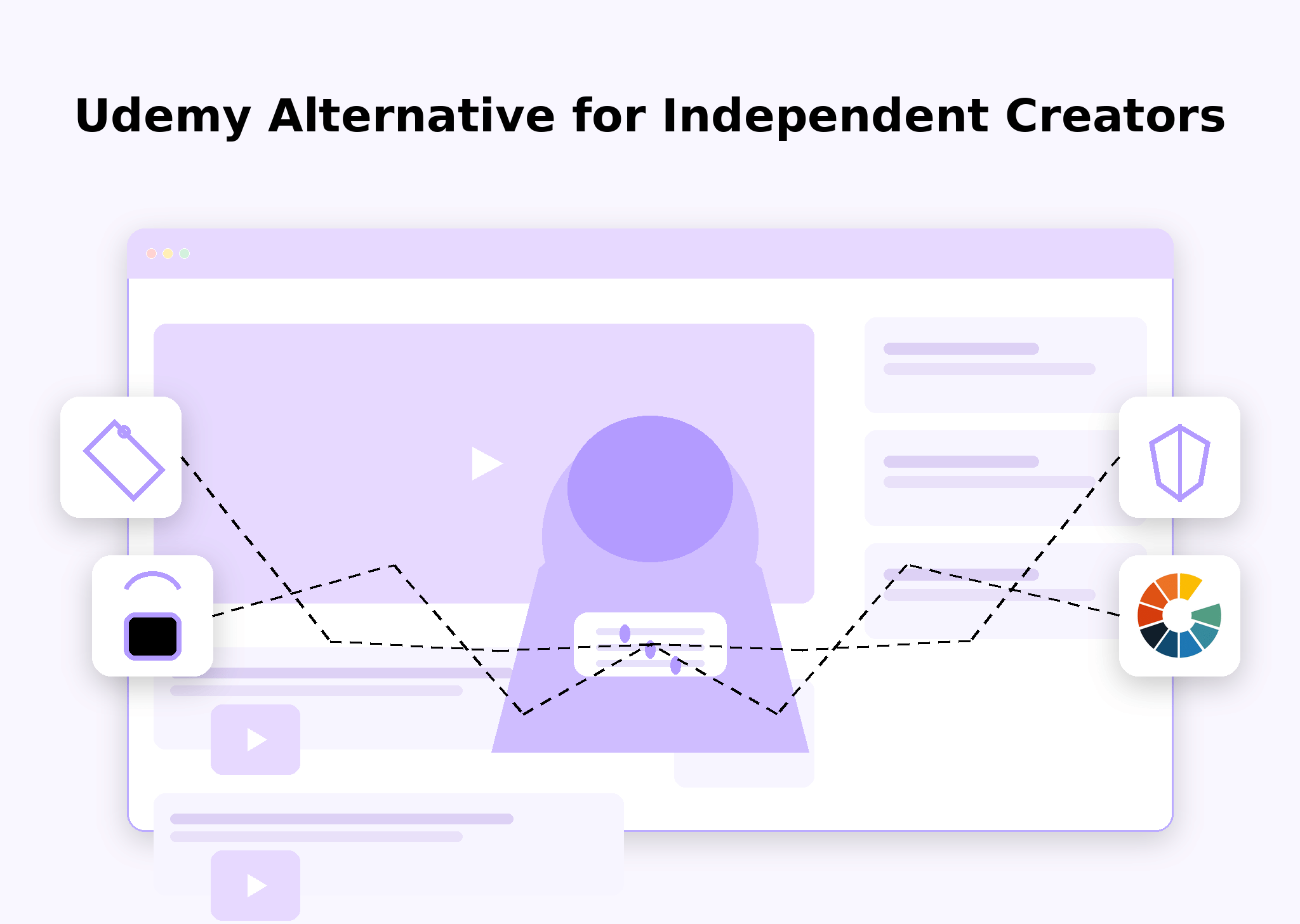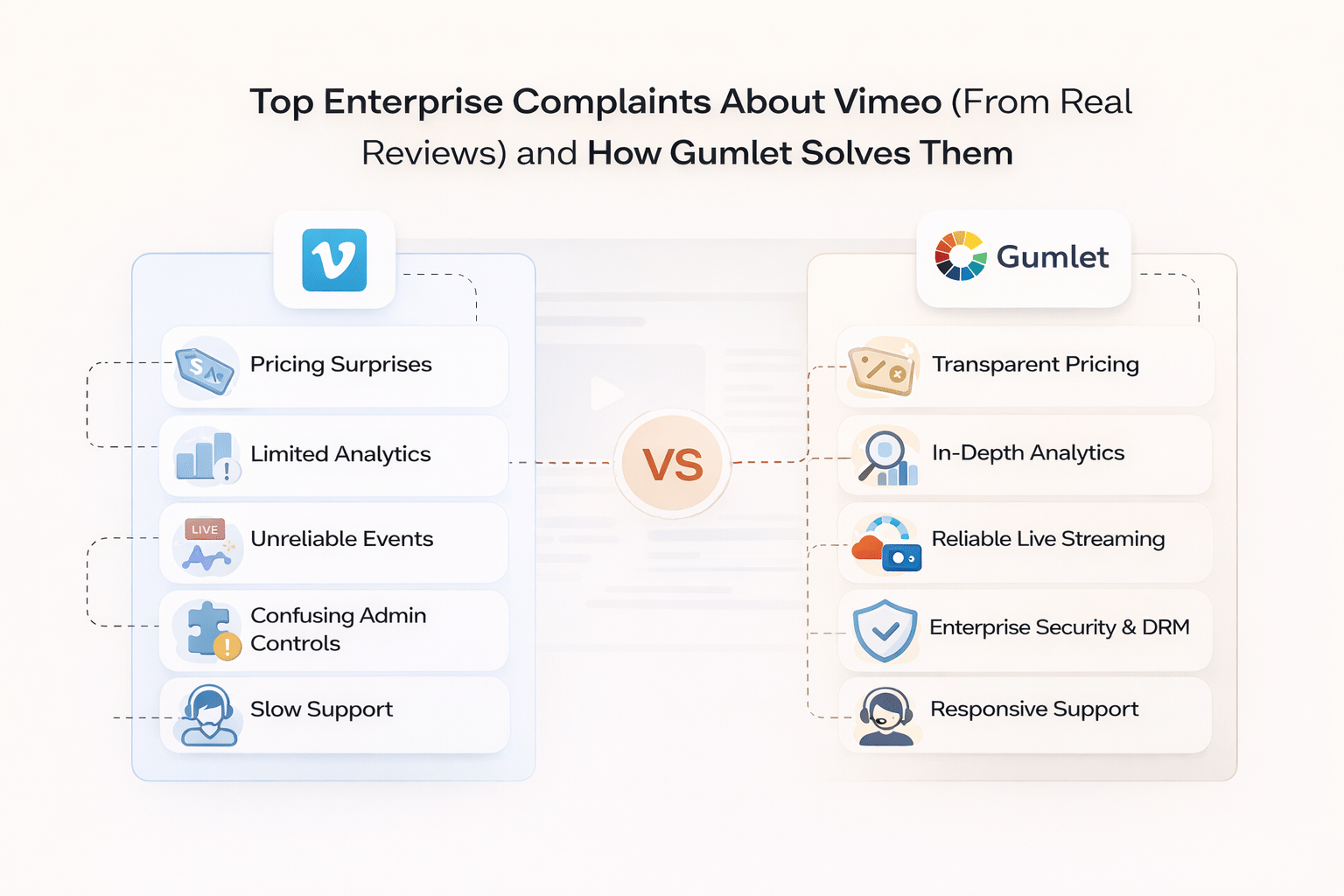The video-sharing landscape is constantly evolving, with new platforms emerging and old ones adapting. Two major players in this space are Rumble and YouTube. But which one offers the best platform for your content? Let's explore the key differences and similarities between these two giants and help you make an informed decision.
What is Rumble?
Rumble is a video-sharing platform that enables users to upload, watch, and share videos. Launched in 2013 by Chris Pavlovski, Rumble has positioned itself as an alternative to mainstream platforms like YouTube. One key difference is that Rumble hosts its content on its own servers rather than relying on external cloud services like Amazon Web Services. This allows the platform to maintain full control over its infrastructure and moderation policies—which is one reason why it's often viewed as a free speech platform. Naturally, it has gained immense popularity among creators who prefer fewer restrictions on the content they can post.
Pros and Cons
Pros:
- It has fewer creators on the platform, so it’s easier to stand out and attract viewers.
- Creators keep 60% of the revenue, which brings them more earning potential.
- Supports resolutions up to 4K and 8K for high-quality streaming.
Cons:
- While the revenue split is good, the smaller audience can be limiting for your overall earnings.
- Rumble’s user base is smaller than other platforms
- Rumble offers limited editing options and lacks detailed analytics for creators.
- Despite its reputation, the platform still enforces certain content rules.
What is YouTube?
YouTube is a video-sharing platform founded in 2005 by three former PayPal employees: Steve Chen, Chad Hurley, and Jawed Karim. It was later purchased by Google in 2006. Since then, it has become one of the largest video-sharing platforms in the world.
YouTube, founded in 2005 by Steve Chen, Chad Hurley, and Jawed Karim, is one of the world’s largest video-sharing platforms. In 2006, it was acquired by Google, which helped it grow into the global giant it is today, with over 2 billion active users every month. YouTube offers a space where creators can upload videos, share them with the world, and even earn money through ads and other monetization methods. It is accessible in most countries, with content being offered in diverse languages and genres. However, YouTube has faced criticism for its strict content policies which have led to the removal of videos and channels,
Pros and Cons
Pros:
- YouTube boasts over 2 billion active users each month and this gives creators a chance to reach a massive audience globally.
- YouTube is a trusted site for sharing videos and content.
- YouTube offers features like editing tools, analytics, and community engagement options.
Cons:
- YouTube’s strict content policies and enforcement—which may lead to demonetization or removal of videos.
- Earning potential can get inconsistent since it depends on factors like viewership and ad revenue.
- YouTube takes 45% of ad revenue, leaving creators with 55%, which is typically a high cut.
- YouTube’s algorithm is constantly changing which often affects the visibility and reach of videos you share.
- Gaining views and building an audience can be challenging considering the competition.
Difference between Rumble and YouTube
| Parameter | Rumble | YouTube |
|---|---|---|
| Users & Viewership | Smaller audience but easier to start earning with no subscriber or view thresholds. | Large audience but requires 1K subscribers and 4K watch hours to monetize. |
| Monetization | Monetization options include ad share (60%), tips, merch, licensing | Monetization options include ads (55%), memberships, Super Chat, merch, brand deals, but with higher competition and entry barriers. |
| User Experience | Simple, intuitive interface which offers an advantage for new creators. | Feature-rich but complex; it requires time to be able to fully utilize all functionalities. |
| Community Building | It has comparatively limited features such as a basic Super Chat. | It has robust community tools (Creator Studio, analytics, memberships). Offers strong support for creators. |
| Discoverability | It is a developing algorithm; basic trending and recommendations. | It has an advanced algorithm; highly personalized recommendations based on user activity. |
| Policies | Focuses on copyright and illegal content. | Comprehensive, stricter guidelines shaped by experience and controversies (e.g., copyright issues). |
| Market Share | <1% market share, around 50M monthly active users. | 73%-92% market share, 2.7B monthly active users. Continued growth expected. |
| Advertising | It offers higher ad share (60%) but lower CPM. However, it has simpler, less cluttered ad options. | YouTube takes a 45% cut of ad revenue but the larger audience means higher CPM ($10-30) and more diverse ad formats (skippable, non-skippable, bumper). |
Users & Viewership
Rumble is perfect for new creators because you can start earning without having a big audience, but the downside is its much smaller user base. YouTube, with over 2 billion monthly users, gives you a massive potential audience, but it’s harder to start monetizing. You need to hit 1,000 subscribers and 4,000 watch hours to begin earning. If you’re looking for quick monetization, Rumble is a solid choice.
Monetization & Earning Potential
Rumble lets you earn from day one, offering a higher 60% ad revenue share, which is more generous than YouTube’s cut. It also supports other revenue streams like tips, merch, and content licensing. Meanwhile, YouTube requires you to meet certain thresholds before you can monetize, but it offers many more ways to earn—ads, channel memberships, Super Chat, and sponsorships. For quick and easy earnings with fewer barriers, Rumble is better.
User Experience
Rumble has a simple and user-friendly interface, making it easier for newcomers to understand and get started. The platform focuses more on short-form content, which might appeal to some creators. YouTube, while more feature-rich, can be harder to navigate for beginners. Its vast range of tools and settings can be overwhelming at first, but once you get the hang of it, it offers more flexibility.
Community Building
Rumble is still new and doesn’t offer the same community features that YouTube has. While it has basics like Super Chat, it lacks the robust tools that help creators connect with their audience on a deeper level. YouTube, in contrast, has a well-established community system. With tools like Creator Studio, analytics, and memberships, it provides plenty of ways for creators to build a strong community.
Algorithm and Discoverability
Rumble’s algorithm is still in its early stages, with simple content recommendations like trending videos. YouTube’s algorithm, on the other hand, is highly advanced and tailors recommendations based on user behavior. YouTube is far better at surfacing relevant content and pushing videos to new viewers.
Content & Platform Policies
Rumble focuses its policies on copyright and illegal content, which makes it somewhat less restrictive than YouTube. YouTube, having been around longer, has a more detailed set of guidelines, stricter policies around copyright, demonetization, etc—which can sometimes frustrate creators. If you want fewer restrictions, Rumble will give you more flexibility.
Market Share & Growth
Rumble is growing fast, with around 50 million monthly active users as of 2024. While that sounds impressive, it’s still less than 1% of the market share, far behind YouTube’s dominance. YouTube controls 73% to 92% of the market, with 2.7 billion active users, and is continuing to grow. Therefore, if you’re looking for long-term growth and a larger market, YouTube clearly has the upper hand.
Advertising & PPC Options
Rumble offers creators a higher ad revenue share and lower CPM rates, which is great for smaller creators. Its interface is simpler and less cluttered. YouTube, however, has a broader reach for advertisers—meaning ads placed on YouTube can be seen by far more people. YouTube also offers a range of ad formats (skippable, non-skippable, bumper ads) and typically charges a higher CPM ($10-30). So, based on better ad variety and reach, YouTube is better for advertisers.
Rumble vs YouTube: Use Cases
Rumble is ideal for:
- Niche content creators who want to monetize content immediately without needing a big audience.
- Creators who focus on ad revenue as a primary source of income.
- Creators with content that tends to get flagged or demonetized on platforms like YouTube due to its stricter guidelines.
- Creators focusing on specific or niche communities.
YouTube is ideal for:
- Creators seeking a large, global audience such as lifestyle vloggers or travel influencers.
- Creators looking for multiple income streams, such as ads, memberships, sponsorships, and merch.
- Established creators and brands that need advanced tools for community building and engagement.
- Creators aiming for long-term growth and scalability with the potential for higher earnings and brand deals.
Rumble vs YouTube: An Expert’s Opinion
- If you want to make money quickly and are okay with a smaller audience, Rumble could be a good choice. Rumble’s rapidly growing user base has created huge monetization opportunities—attracting several well-known creators. For example, Sean Hannity, a Fox News host and author, posts content on Rumble in addition to his YouTube videos. Ben Shapiro, another influential voice, has a Rumble channel with over 1.7 million followers and 5 million+ views.
- However, if you're looking to grow a big audience and get your content in front of more people, YouTube is still the top option. It has a much larger reach and is better suited for diverse content. It hosts a range of top creators, from PewDiePie (a gaming and commentary influencer with over 100 million subscribers) to MrBeast, who has revolutionized entertainment content with stunts and massive giveaways. Creators like Markiplier, Lilly Singh, and Emma Chamberlain have also seen massive success on YouTube.
- While YouTube takes a 45% cut of ad revenue, compared to Rumble’s 60/40 or 70/30 split, YouTube still offers way more potential for audience growth. Rumble just isn’t at the same level in terms of viewership and reach. That said, whichever platform you choose, using some form of paid promotion can help you get noticed faster. Many creators use services like Marketing Heaven for this. Ultimately, if growth is your priority, YouTube is the stronger platform.
Conclusion
YouTube is long-established with a massive global audience and Rumble is fast gaining traction for promoting free speech and creator-friendly monetization options. Not to mention, there is a noticeable advantage in Rumble vs YouTube's earnings; the former offers more generous revenue splits and even has slightly less restrictive content policies. So, depending on how much control you want over your creative freedom, make sure you explore thoroughly which platform might be the best fit for you.
FAQs
Who pays more, Rumble or YouTube?
For beginners, Rumble may be more attractive since it allows you to start earning immediately. They offer a 60/40 or 70/30 split on ad revenue, and there’s no requirement to have a large following to make money. However, YouTube has a far bigger audience—over 2 billion users monthly—so if you can build a substantial viewership there, your overall earnings may be significantly higher.
How much does Rumble pay per 1000 views?
On Rumble, you can earn anywhere from $2 to $10 for every 1,000 views, depending on factors like how engaged your viewers are, their demographics, etc The exact earnings can vary, but Rumble offers a 60% revenue share from ads, which means you might make more per view compared to other platforms, especially if your videos attract a well-targeted audience.
Is Rumble free to use?
Yes, Rumble is free to use. It allows you to upload, stream, and engage with videos at no cost. However, like YouTube, Rumble shows ads on monetized content. You don't need a subscription to access basic features, but some premium features, like ad-free viewing, may require a paid account.
Can you videos be on Rumble and YouTube both?
Yes, you can post videos on both Rumble and YouTube, however, it depends on the licensing option you choose when uploading to Rumble. Make sure to review Rumble’s licensing rights and permissions to ensure you comply with their rules.




